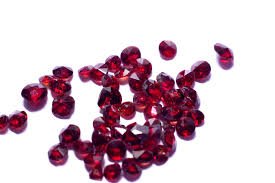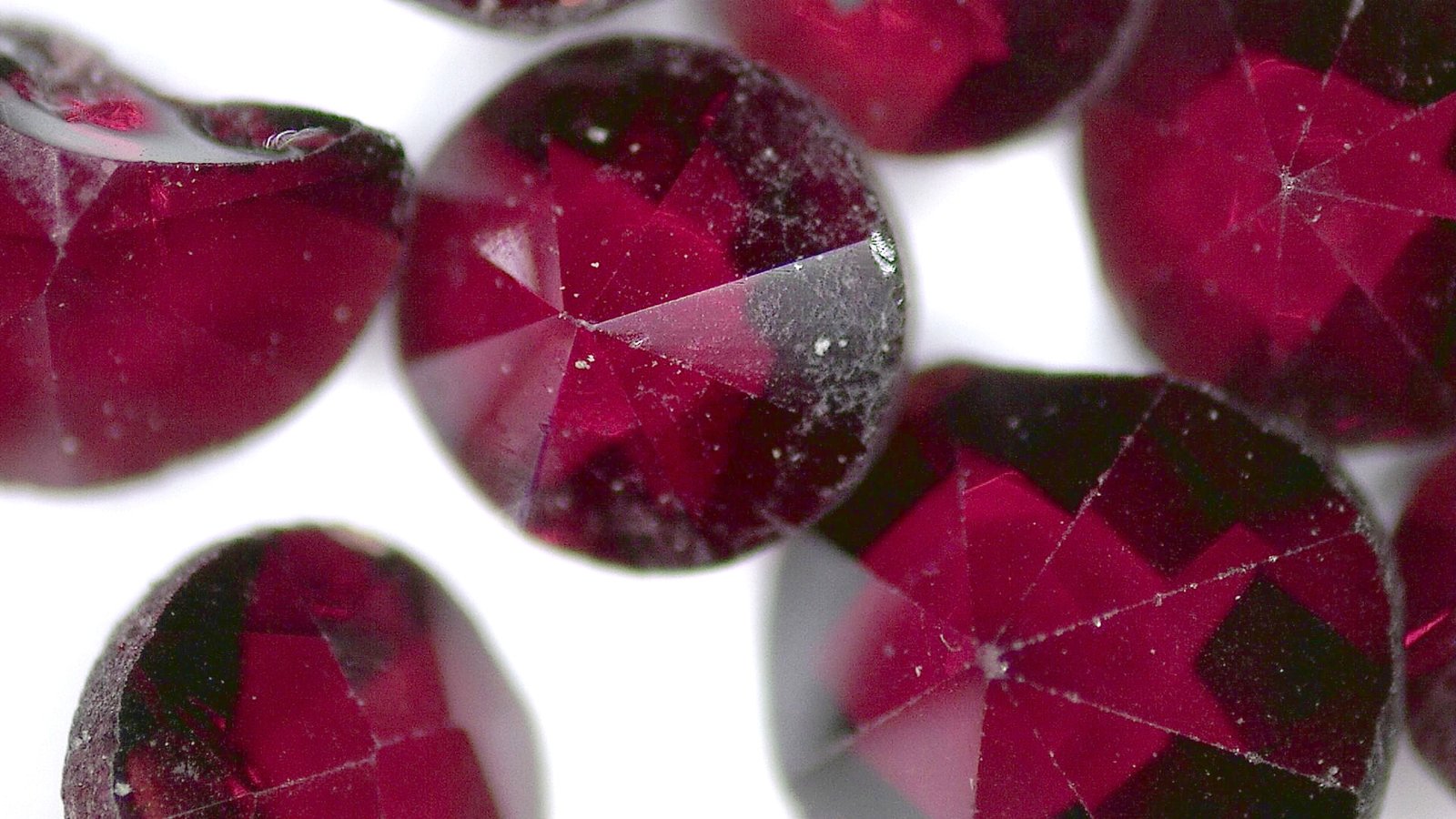


Garnet is a beautiful and versatile stone that has been treasured for thousands of years. It is a mineral that is made up of a variety of different elements, including aluminium, silicon, and oxygen. The colour of garnet can vary depending on the specific mineral makeup, but it is most commonly found in shades of red, orange, and yellow. One of the most interesting things about garnet is that it is found all over the world. It has been discovered in locations as far-flung as Africa, Asia, Europe, and North America. This makes it a truly global stone that has been prized by cultures around the world.
Natural Garnet Stones are ruling the jewelry and gemstone domain globally as the first choice when it comes to finger rings and neckpieces. Ever wondered why? There are countless reasons why wearing a Garnet stone can work wonders both physically and emotionally.
The red color of the Garnet is associated with love, passion, and companionship. It is believed it rekindles all these feelings in the wearer strengthening personal relationships.
It works on the bodily vitals reducing negativity and attracting positivity. This is why a garnet engraved with a lion is especially extensively used as talismans and good-luck charms to shield from evils and troubles.
Red Garnets are also worn as the ‘stone of health’. It helps in combating hemorrhages, regulating blood flow, improving skin conditions, and a healthy reproductive system.
The red color is also believed to attract success, fame, prosperity, and a million opportunities for the wearers’ business.

Color Colorless, pink, red, orange, yellow, green, purple, brown and black Family Garnet
Mohs Scale Hardness 6.5 - 7.5
Specific Gravity 3.4 - 4.1
Refractive Index 1.72 - 1.89
Lustre Vitreous
Crystal System Isometric (Cubic)
Transparency Transparent to translucent
Chemical Formula X3Y2(SiO4)3 (where X and Y vary by species)
Composition Varies by species
Avoid steam cleaning with Garnet, but high-quality stones with no fractures are safe to place in an ultrasonic cleaner. Err on the side of caution if you're not sure if your gem has a fracture or not, as they're not always visible to the naked eye. Keep your Garnet pieces in a soft pouch or jewelry box to stop them scratching or being scratched by other gems, and remove your jewelry before using any household chemicals or undertaking strenuous tasks or exercise.

Gemstones are as old as time, and in the years since their first discovery they've picked up a lot more than adoring collectors and fascinated mineralogists. Many have gained stories regarding their legend, lore and healing properties, and whilst there's no evidence to suggest that any of these properties are real, it's still interesting to explore the esoteric side of Mother Nature's miracles.
It's worth asking ourselves, "If you truly believe in something, does that mean it's true"? Scientifically, the answer is no, but what about on a more personal, spiritual level? If you really truly believe that an item in your house is having an effect on you, are you more likely to feel that effect? It's really not for us to say, but it's a very interesting concept that deserves further research.

Real garnets have saturated color and some have inclusions seen by the naked eye (depending on the type of garnet). If you look closely at a garnet with a jeweler’s loupe or a microscope, and you don’t see any inclusions, it’s likely not real.
Tsavorite, an intense green stone, is the world's rarest garnet. Tsavorite isn’t a well-known gemstone, but it’s gaining popularity. This green gemstone features high refractive index and dispersion levels that translate into mesmerizing brilliance and has fewer inclusions than emeralds.
Gemstone color is an important factor, and they're graded on three factors: hue, tone, and saturation. Hue refers to the gradation of the color, such as light or dark. Tone means the degree of absorption and reflection of light, and it determines the intensity of the stone's color. For example, a dark stone absorbs the light and doesn't reflect light, while a lighter stone reflects more light. Lastly, saturation refers to the intensity of the gemstone's color.
Garnets can be cut into nearly any shape, keeping in mind that lower-quality stones are cut into cabochons. In contrast, finer quality garnets are used as gems for jewelry.
AAA stones are eye-clean too. They will often have a slightly less vibrant color, such as a medium red. AA stones will have slight inclusions and can be too dark or pale to meet higher color grades. A grade stones are the lowest, having less than ideal coloring and a few to a moderate amount of inclusions. Most garnets are untreated, as heat and radiation cannot change the stone very much.
You ll find these beautiful gemstones in various weights and sizes. Some garnets are large in size but still affordable. The more rare garnets, like demantoid and tsavorite, typically found in small sizes, so their value goes up significantly with size.